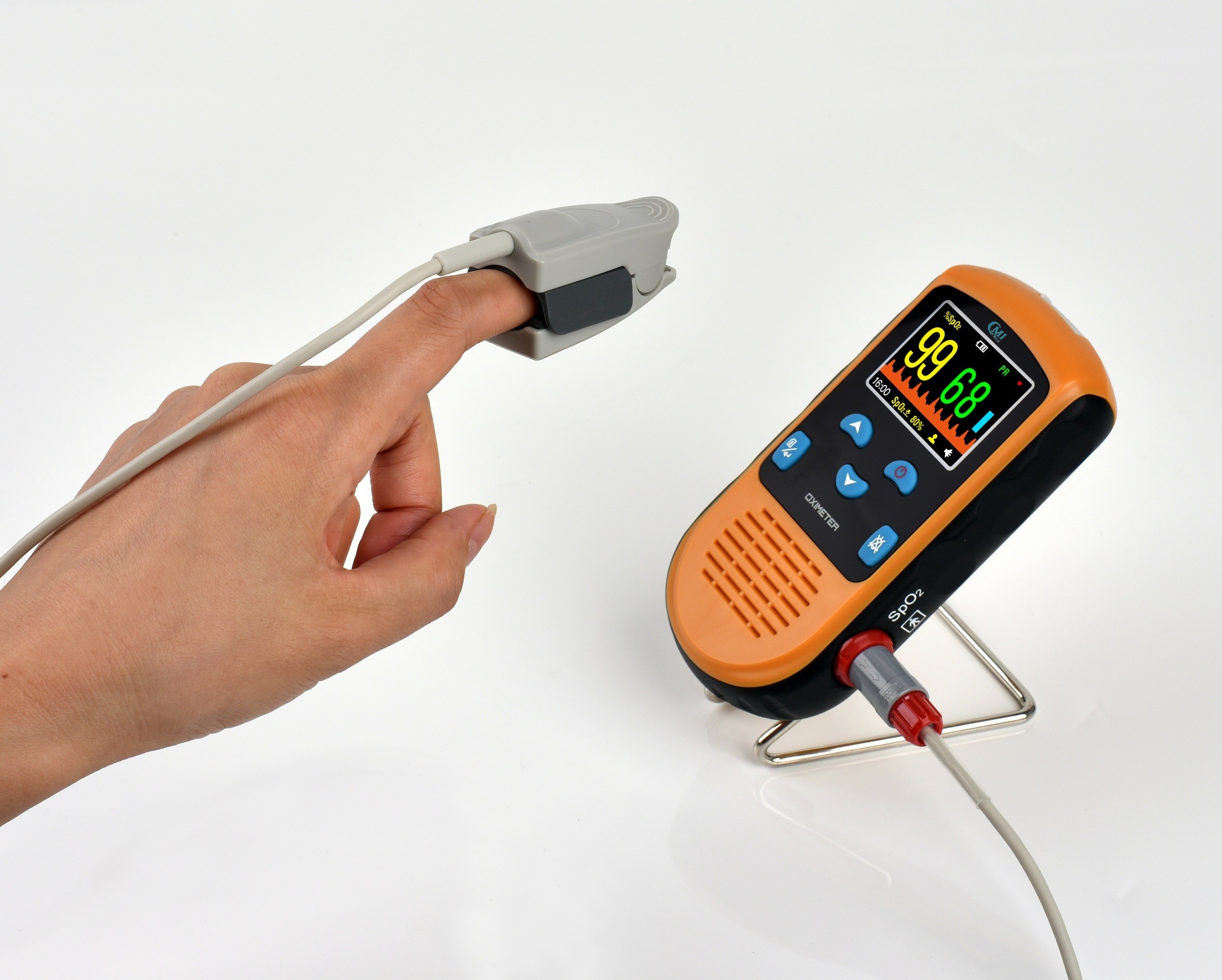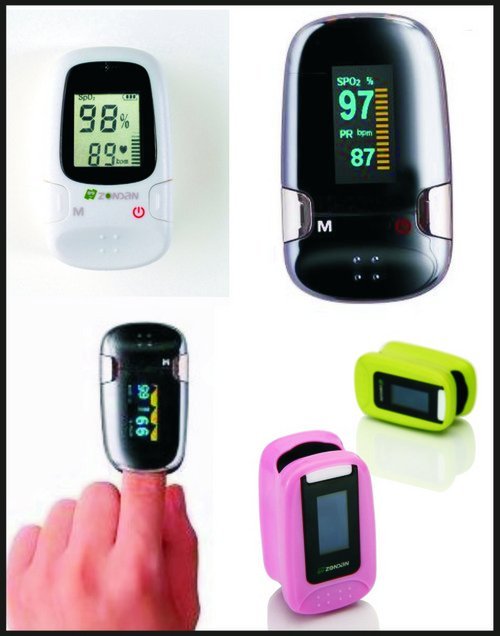

fda.gov/medical-devices/safety-communications/pulse-oximeter-accuracy-and-limitations-fda-safety-communication
Pulse oximeters skin#
Tests like these were developed without considering a diversity of skin tones. Researchers found that among Black patients, there were three times as many cases of pulse oximetry tests failing to detect occult hypoxemia when blood gas measurements did so. Various factors can affect readings, including a person’s skin tone.Ī 2020 report compared the accuracy of pulse oximetry tests and blood gas measurements in detecting hypoxemia in Black and white patients. A level of 92 percent or lower can indicate potential hypoxemia, which is a seriously low level of oxygen in the blood. But repeated or consistent instances of lowered oxygen saturation levels may be damaging.Īn oxygen saturation level of 95 percent is considered typical for most healthy people. Having an oxygen saturation temporarily below this level may not cause damage. This is the oxygen saturation level needed to keep your cells healthy.

The American Thoracic Society says that typically, more than 89 percent of your blood should be carrying oxygen. The Food and Drug Administration (FDA) requires that prescription oximeters must provide results within an accuracy range of 4 to 6 percent. With this equipment, medical professionals can carry out the tests accurately. This is especially true when using high quality equipment found in most medical offices or hospital settings. Pulse oximetry tests are an estimation of blood oxygen levels, but they’re typically precise. SPECTRO2 20 Pulse Oximeter is an easy-to-use, spot-check device displaying SpO2, pulse rate, signal strength and Pulse amplitude Index (PI) for responding to a. to evaluate whether someone momentarily stops breathing while sleeping - like in cases of sleep apnea - during a sleep study.to assess someone’s ability to tolerate increased physical activity.


Before we learn the principles of how pulse oximeters work, we need to have an understanding of what oxygen saturation is. Pulse oximeters measure oxygen saturation. detects hypoxaemia earlier than you using your eyes to see cyanosis.Pulse oximeters are in common use because they are: You can find them in areas such as operating rooms, recovery, critical care, wards, and ambulances. If you work in healthcare (or have been patient !) you are very likely to have come across pulse oximeters. Pulse oximeters measure how much of the hemoglobin in blood is carrying oxygen (oxygen saturation). This will help you to recognise and correct such mistakes when they happen to you.
Pulse oximeters free#
The free website at the link below describes common types of thinking mistakes that one may make. Such “thinking mistakes” can make one make wrong decisions in one’s daily life. Your brain is not as logical as you may imagine it to be! According to psychologists, the human brain has a tendency to make certain mistakes when thinking and this can make one think in very nonsensical ways. Problems associated with using pulse oximeters.Pulse oximeters measure pulsatile arterial blood.Physical properties used in pulse oximetry.


 0 kommentar(er)
0 kommentar(er)
